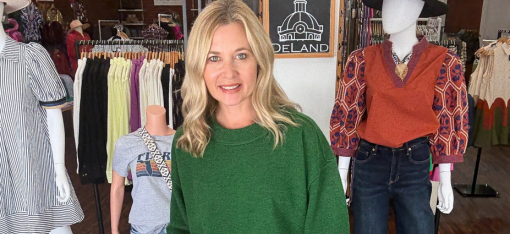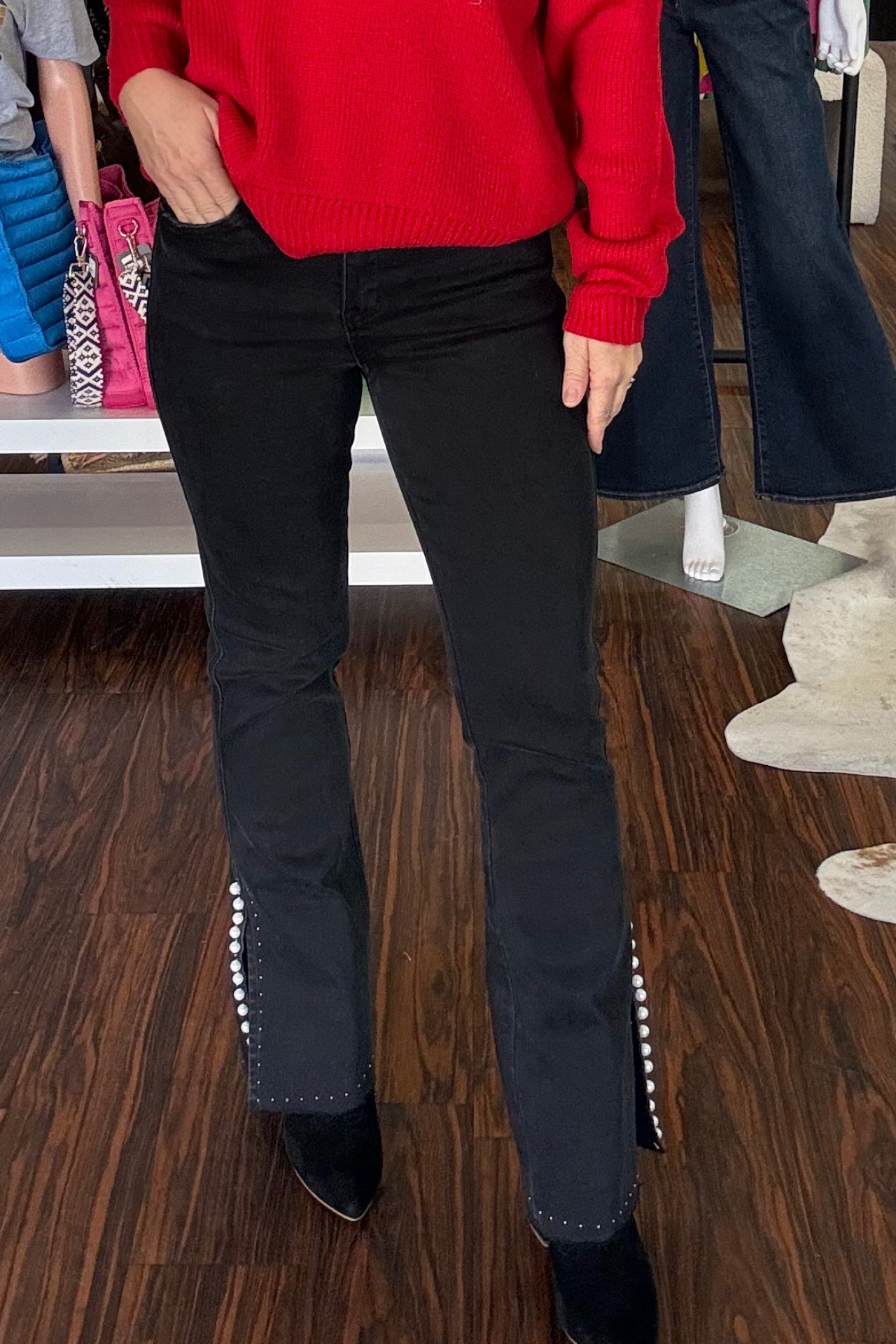How Can Colors Influence You?
Colors abound in our bright environment, and they may have a greater impact on you than you know. They have the power to alter your mood and conduct, as well as your diet and who you find attractive. It could be a good idea to keep that in mind when you renovate, dress, or serve your next meal.
Does the color orange make you nervous when you're in a room with it? Or does the color blue make you feel peaceful and have a calming effect on your surroundings? Colors have long been thought to impact sentiments and emotions, as artists, designers, and other creative professionals can attest. Certain colors have the ability to change the spectrum of your emotions.
It makes sense since color has become the most effective unspoken communication tool, as it can be used to alter mood, modify the feel of an area, and may even contain a variety of health advantages such as reduced eye strain or stress.
Local Style House will discuss how colors may affect your life, whether it is your job, mood swings, love life, or even the environment, in this post. Before we get to the main topic, let's take a quick look at the psychological power of color.
What Is Color Psychology?
In non-scientific words, color psychology is an important component of color theory, which examines the emotional and psychological relationships that exist between emotions and color. Many of these connections are critical to understanding color because many simple colors, such as red, blue, and black, have different effects on your brain.
Most likely, you've noticed yourself repeatedly associating with a specific hue that gently represents your sentiments. If you wore blue to work and received several praises, you're likely to continue wearing blue. If you wore green as a youngster and were frequently mocked for it, you might not wear it as much as you would blue.
Color psychology is heavily influenced by all of these factors. However, sometimes the color communicates the story more than the experience in regard to a certain hue.
The Colors of Your Outfit Have an Impact on People's Perceptions of Us
The color of a person's clothing impacts which traits and attributes we associate with her. It can be culturally prejudiced due to historical events or political groupings, although this is dependent on the setting. Colors that are bright and strong help a person appear more outgoing and grab attention. Whites and pastels are associated with tenderness and morality.
Colors and Their Meaning
Each hue impacts your mood in different ways, and each color has a vast spectrum of perceptions. It may appear to be subjective, but certain effects have a global significance, especially when speaking of fashion.
Clothes are known to protect us from weather and make us appear elegant to the public, but it has been recognized that colors can boost our range of performance in our daily lives. Colors are also emotionally encouraging, which may favorably transform our emotions, expressions, and methods of thinking into a clearer, more succinct basis.
White
White is a color that exudes purity and elegance. Wearing white may indicate innocence and purity, which is presumably why most people who attend weddings stare in wonder at the bride. It's a highly popular hue in fashion because of its light and neutral ambiance, which goes well with any other color.
White is typically chosen by persons who wish to exaggerate an honest, transparent, and clean image, which makes sense given that physicians frequently wear it. It's afraid yet honest, making it an excellent hue to wear if you want to express yourself in that way.
Yellow
Yellow is the color of the mind and intelligence, and it corresponds to our logical side of the brain. Yellow is also a pleasant and sunny color that draws the attention of everybody who looks at it.
Yellow clothing is thought to be ideal for job interviews because it encourages people to articulate themselves openly, leading to increased self-confidence and reasonable thinking. Those who stare at that color can increase their memory and gain strength, both physically and mentally.
Orange
This is the extrovert's color of encouragement, optimism, and self-assurance. Orange exudes warmth and pleasure, blending red's physical vitality and excitement with yellow's brightness. Orange may elicit boldness, zeal, regeneration, and vigor.
People that wear orange are hardworking, inventive, and full of energy. Those who suffer from depression, as well as those who want to bring more joy and lightness into their life, should wear orange.
Red
Red, the most vivid and emotive hue, the color of love, can make someone stand out while also making them powerful. Red is a prominent clothing color that conveys confidence; individuals who wear it emanate sensuality and strength that can be felt in a single room.
People who suffer from sadness, which is thick and needs support, should wear red. People who want to heal from something, who want to succeed and accomplish their objectives, who lack a competitive attitude, and who want to be sensuous and vibrant.
Blue
The color blue is associated with the seas and the sky. It is the most often used color. It's peaceful and tranquil, yet it's also frigid and dismal, causing the body to cool. Blue represents trust, contentment, and harmony.
It implies both devotion and integrity, as well as stability and consistency.
People suffering from mental exhaustion and those in need of serenity and meditation should dress in blue. It promotes decision-making, delivers insight and knowledge, and boosts self-esteem and a sense of responsibility.
Black
Black is frequently associated with power, strength, and authority. Consider black judicial robes, which stand for intellectual power while a black belt can stand for physical and mental power. However, sports teams wearing black jerseys face harsher penalties, and the players are linked with unwanted traits such as violence.



